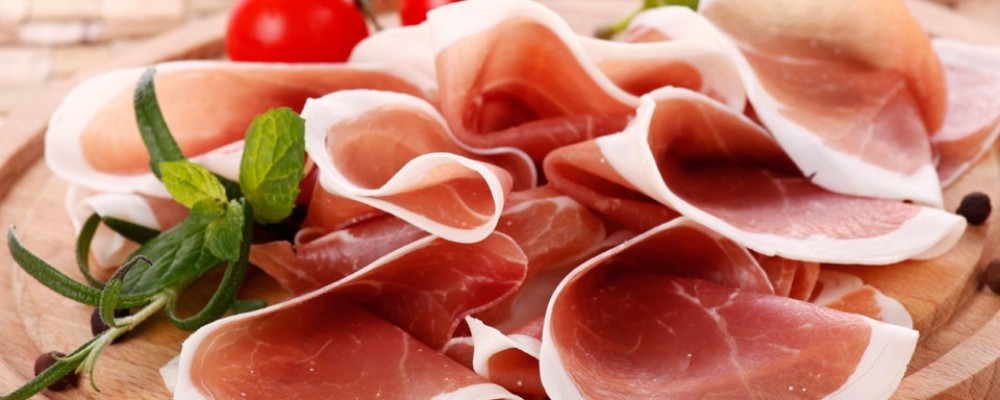Techniques for preserving and processing pork in the Veneto Region were known and widespread as far back as Pre-Roman times. In fact, pork carcasses dating back to that period have been found without the hind legs, a clear sign they were put to use
Prosciutto, the Italian word for ham, comes from the Latin “perexuctus” which means drained, a reference to the processing method. Several very old recipes in cook cooks and agricultural texts from the sixteenth century onwards list ham as popular ingredient in the type of dishes that would be served in country gentlemen’s manor houses.
Poorer farming families used to breed pigs and sell the hind legs to shopkeepers. They would keep the other parts for their own use to make sausages, cotechino (a fresh sausage meant to be cooked), salami, sopressa, pancetta, and capocollo (cured ham made from collar cuts), which could be eaten in dribs and drabs throughout the year. This custom gave rise to such expressions as the “piggy bank”, as pigs proved to be the saving grace for the poor. It was only in the second half of the nineteenth century that fresh hind legs began to appear at the maskerplace.
Combining in a perfect harmony salting times, ham weight, aging conditions and time, it’s produced “Prosciutto Crudo di Soave”. An ham with an elegant taste. For its softness and delicate, distinctive aroma it makes it an ideal gourmet starter, first, or main course. It slices to reveal its characteristic pink colour.

